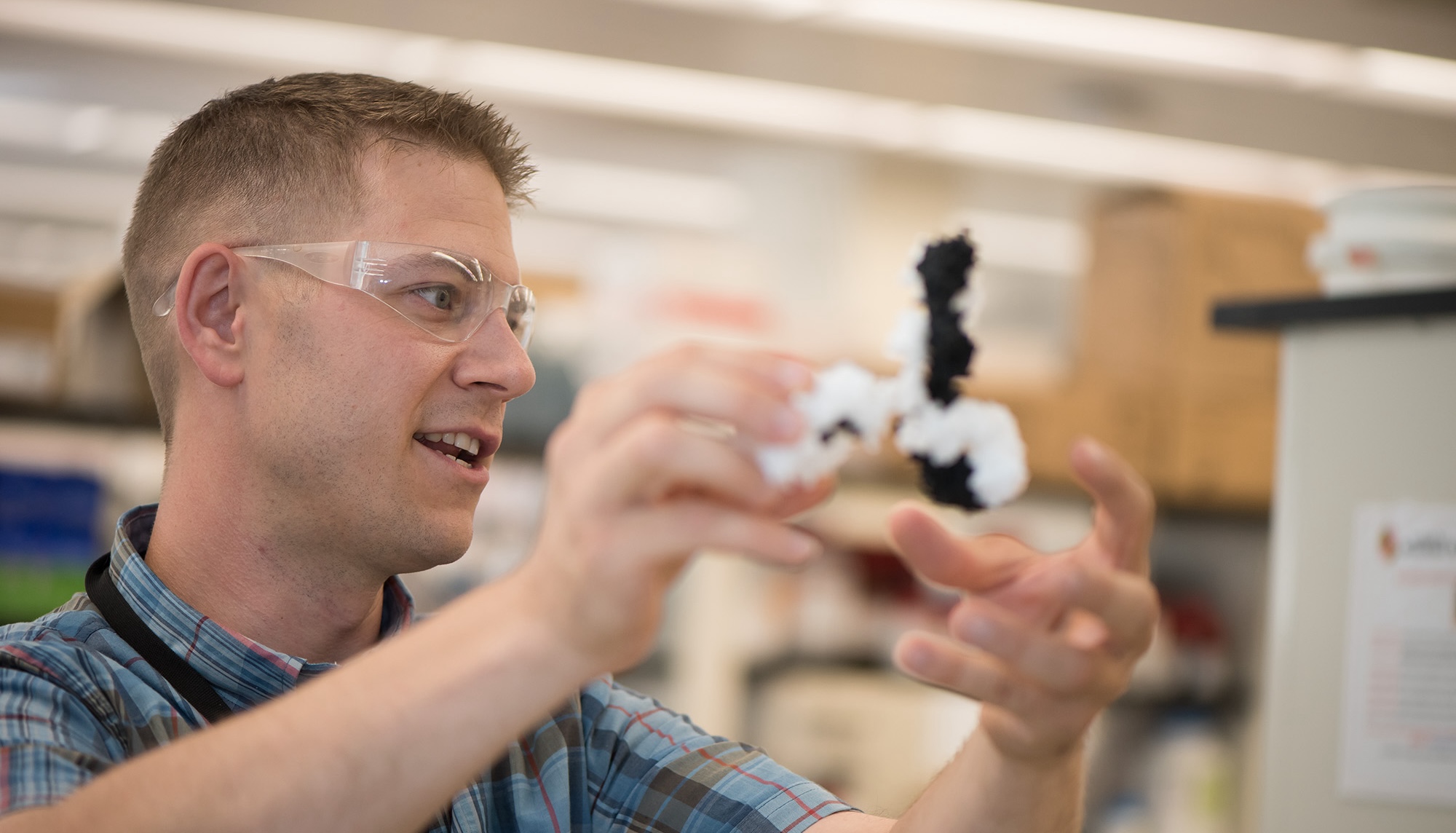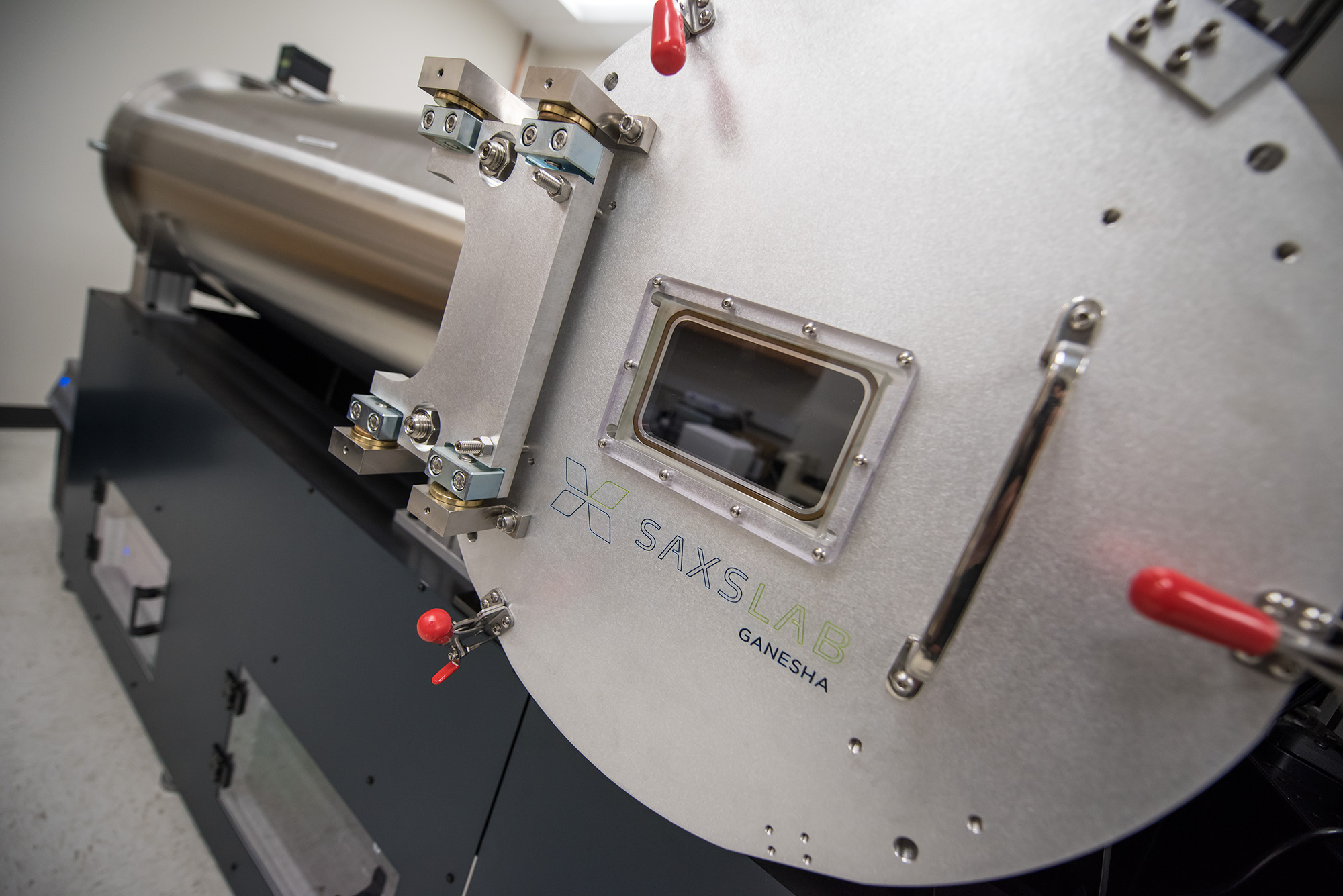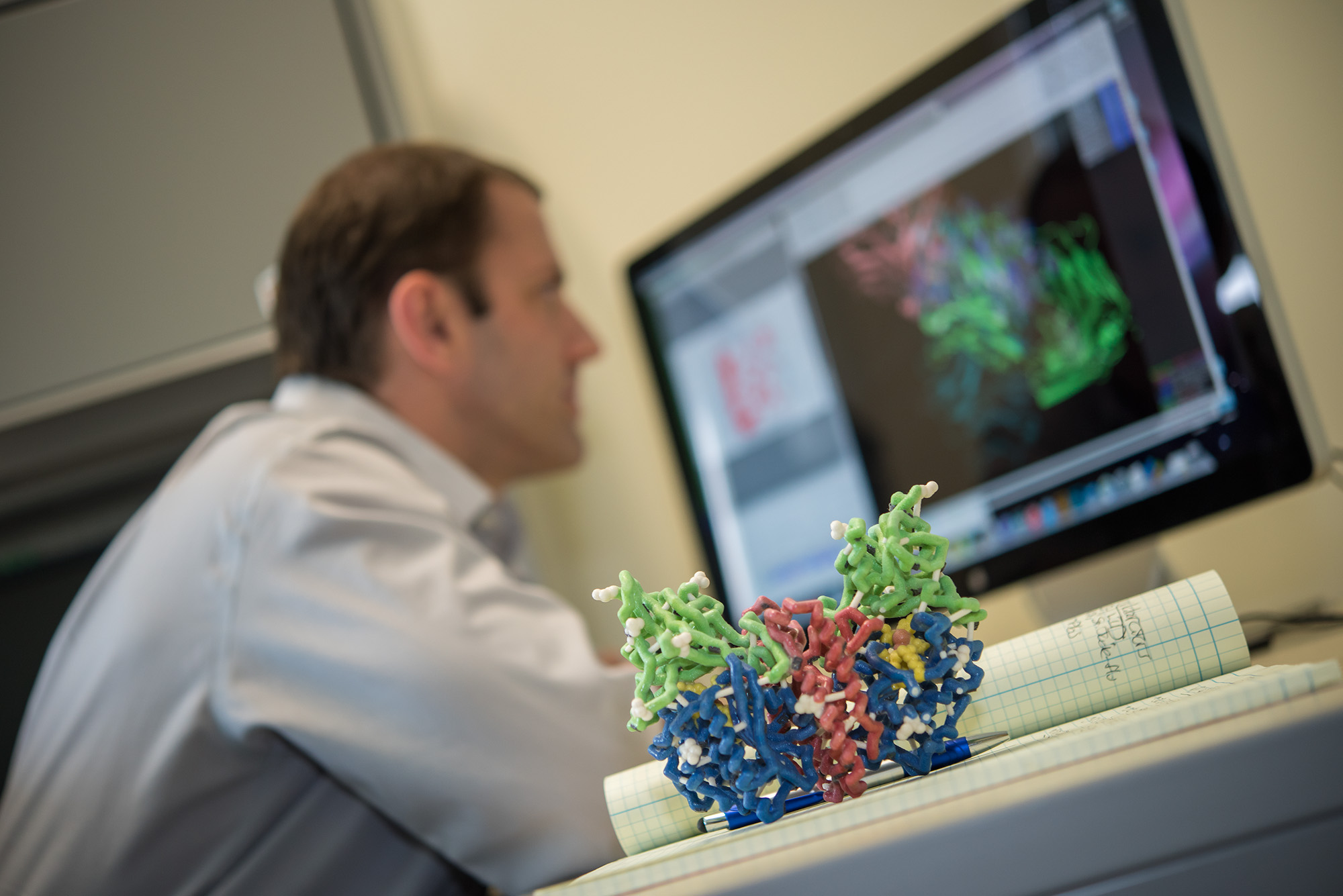
Jonathan Dinman to Direct the Institute for Bioscience and Biotechnology Research
Jonathan Dinman, a professor in the Department of Cell Biology and Molecular Genetics at the University of Maryland, College Park (UMCP), has been named director of the Institute for Bioscience and Biotechnology Research (IBBR), effective November 1, 2024. Located in the heart of Maryland’s biotechnology corridor in Montgomery County, IBBR...

SPT Lunch & Learn - December 5th
You are invited! Join SPT Labtelch at IBBR for their upcoming Lunch & Learn on Structural Biology where you’ll explore how their instruments enhance your crystallography workflows. Discover their "Perfect Bundle" including their cutting-edge mosquito® and dragonfly® crystal instrumentation, the apricot® S3 multi-channel pipettor, and the MXone mixer.
.png)
Eunkyoung Kim in Payne Lab Awarded Best Paper by the Advances in Redox Research Journal
Dr. Eunkyoung Kim, Research Assistant Professor in the Payne Lab at University of Maryland College Park and IBBR, was awarded the Best Paper of the Year by the Advances in Redox Research journal. This peer-reviewed interdisciplinary journal published close to thirty papers in 2023 with a range of studies of...
About IBBR
IBBR is a joint research enterprise of the University of Maryland, College Park, the University of Maryland, Baltimore, and the National Institute of Standards and Technology.
IBBR leverages state-of-art integrative methods for bioanalytical, biophysical and structural characterization of biomolecules: cryo-electron microscopy, nuclear magnetic resonance, x-ray crystallography, small angle neutron and x-ray scattering and mass spectrometry.
IBBR researchers seek to advance therapeutic development, biomanufacturing, and state-of-the-art measurement technologies, to support accelerated delivery of safe and effective medicines to the public.
IBBR is a major initiative and supported in part by the University of Maryland Strategic Partnership: MPowering the State (MPower) , an initiative designed to achieve innovation and impact through collaboration.
Connecting
IBBR Commons
Sophisticated state-of-the-art instrumentation and facilities, and in-house expertise located in shared space and dedicated to advance research, support collaboration and foster innovation of methods. Instrumentation and facilities include tools for high-resolution structural biology, bioanalytical and biophysical measurement, protein engineering and cell culture, advanced computation including artificial intelligence and deep learning methods, and general laboratory services. These capabilities and advanced training are available to IBBR scientists and collaborators.
IBBR Postdoc Program
The IBBR Postdoc Program (IPP) focuses on collaborative research involving basic science and technology development that advances therapeutic development, vaccine development, and biomanufacturing. IPP Fellow project teams are designed with a combination of the IPP Fellow career goals and priorities of project mentors who can be from academic, government, and/or industrial laboratories throughout the University of Maryland, NIST and the I-270 corridor.
NMRPipe
IBBR is home to NMRPipe, a popular collection of programs and scripts for manipulating multidimensional Nuclear Magnetic Resonance (NMR) data. The use of NMRPipe is noted in roughly 40% of all NMR structures accepted into the Protein Data Bank.

Upcoming Events
NIST Group Meeting; Kinjal Mondal
Monday, November 25, 2024 - 11:00am
BMD Staff Seminar L. Borsuk/ I. Karageorgos, .06/.07
L. Borsuk/ I. Karageorgos, .06/.07
Tuesday, December 3, 2024 - 11:00am
NIST Group Meeting; Ibhan Sharma
Wednesday, December 4, 2024 - 11:00am
Recent Publications
Structural characterization and AlphaFold modeling of human T cell receptor recognition of NRAS cancer neoantigens.
T cell receptors (TCRs) that recognize cancer neoantigens are important for anticancer immune responses and immunotherapy. Understanding the structural basis of TCR recognition of neoantigens...
Toripalimab Plus Chemotherapy as a First-Line Therapy for Extensive-Stage Small Cell Lung Cancer: The Phase 3 EXTENTORCH Randomized Clinical Trial.
IMPORTANCE
Patients with extensive-stage small cell lung cancer (ES-SCLC) have poor prognoses and unmet medical needs.
OBJECTIVE
To evaluate the efficacy and safety of toripalimab plus etoposide...
Revised 4-Point Water Model for the Classical Drude Oscillator Polarizable Force Field: SWM4-HLJ.
In this work the 4-point polarizable SWM4 Drude water model is reparametrized. Multiple models were developed using different strategies toward reproduction of specific target data. Results...
Biomimetic Redox Capacitor To Control the Flow of Electrons.
In biological systems, electrons, energy, and information "flow" through the redox modality, and we ask, does biology have redox capacitor capabilities for storing electrons? We describe emerging...
modXNA: A Modular Approach to Parametrization of Modified Nucleic Acids for Use with Amber Force Fields.
Modified nucleic acids have surged as a popular therapeutic route, emphasizing the importance of nucleic acid research in drug discovery and development. Beyond well-known RNA vaccines, antisense...


